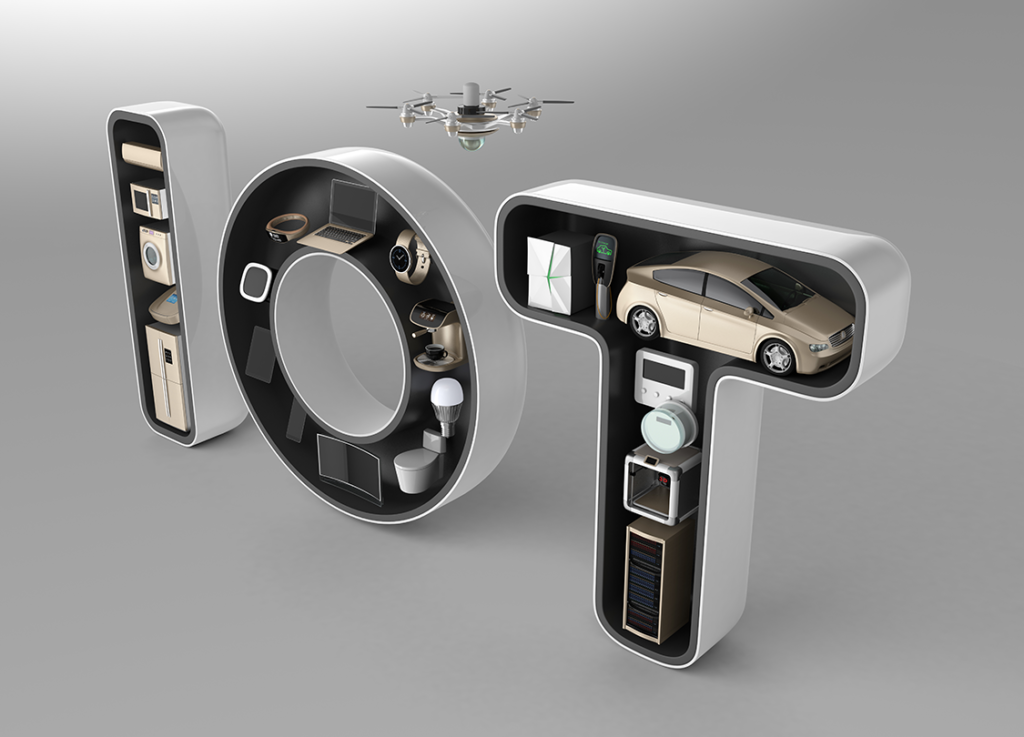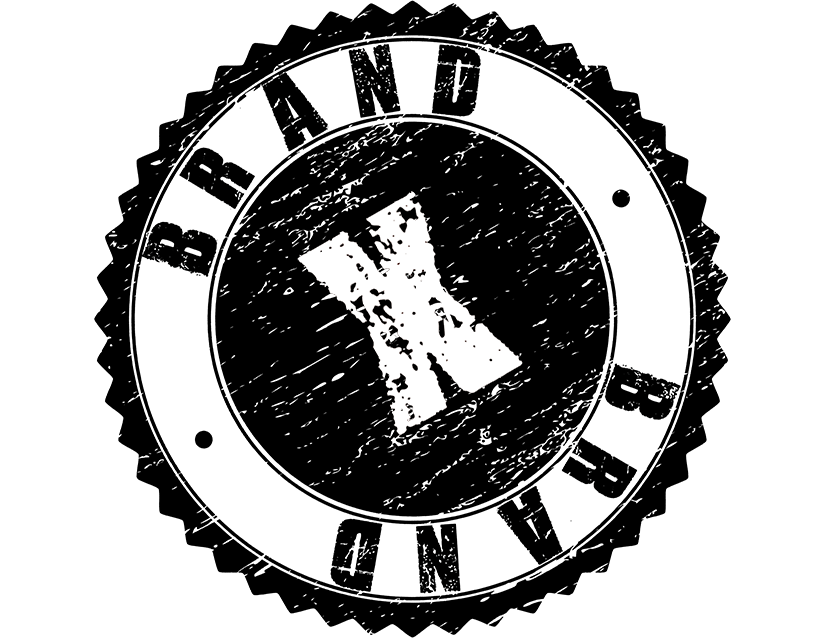
Published in The Business News on January 1st, 2018.
This past summer, I was discussing plans with my family to attend the Minnesota State Fair. We decided that leaving by 7 AM would allow us the best chance of beating the morning rush. My older brother, Steve announced to the room of about 10 people, “Hey Siri, set an alarm for 5 AM”. Three people scrambled as 5 AM alarms were being set on their iPhones. Steve was not one of them and neither was I. He was playing a little joke on anyone in the room who had Hey Siri listening. Ha ha, very funny, Steve.
First off, let’s talk acronyms. IoT is the Internet of Things. This is a blanket term IT people use for the Internet connected devices we all see and use. Some examples are the Nest thermostats, your smart phone, Netgear Arlo cameras and Amazon Alexa.
I think we all understand the “why” of IoT. Convenience. Whether it be the emails coming into your phone, your home security or ordering paper towels by simply asking Alexa to add them to your Prime order, just about everyone is enjoying some form of convenience, provided by the IoT.
Another acronym to consider is AI: Artificial Intelligence. I am not referring to the machines becoming self-aware and Skynet taking over the world. AI is becoming a reality in the world of technology by learning algorithms that can predict outcomes.
Imagine your manufacturing equipment having the ability to recognize patterns and predict failures, thus avoiding the failure by making the appropriate adjustments. That possibility can be made real through AI.
So, why do we care? Why should you care?
Let’s start with the good
We established that IoT creates convenience but what does that mean for your business? Let’s add an acronym, BI: Business Intelligence. BI refers to the process and technologies used to analyze data and provide usable reporting. An example of this could be an Executive Dashboard.
Many of us use an enterprise software to manage our business. From sales to shipping and financials, the whole company is tracked and monitored from either one or a variety of software titles. The problem we often face with these software titles is reporting. The software itself is not able to crunch enough data or display it in a usable form.
That is where Executive Dashboards come in. Dashboards frequently look like websites specifically designed to show you the data you need, in a format that makes sense. Plug IoT into that and you are able to view dashboard from anywhere in the world. On vacation but want to keep on top of sales numbers? No problem, just open your laptop and connect to the Internet. Afternoon golf outing on the same day the big order ships out? Sink that birdie putt and then check production stats from your phone.
Dashboards give owners and executives the data they need to run their business. IoT makes that data available from anywhere.
Aside from dashboards, there are endless other IoT benefits. We mentioned email and building security. We can add another acronym, SAAS: Software As A Service. SAAS allows companies to utilize software without the huge upfront costs. It is a pay as you go service that allows your Internet-connected device to access software tools on demand. There are a lot of “AAS” options out there. Unified Communications, Disaster Recovery and Infrastructure, and many others have “AAS” models.
Along with the good, comes the bad?
Well, I wouldn’t say bad. Just be cautious.
On July 25th, 2017, Business Insider published an article about the Roomba vacuum robot, stating that iRobot (Roomba’s parent company) plans to begin collecting and selling floor plans of owner’s homes. Perhaps you don’t care if Google, Amazon or Apple has a floor plan of your home. What would anyone do with that anyway?
Probably nothing or perhaps something that will provide convenience. How about an app on your phone that utilized AI technology to make recommendations, based on the room you are in. For example, you are in the kitchen so it opens an Amazon shopping list, that you can add to as you prepare breakfast. Alternatively, how about an app that knows when you are in the bathroom so it activates your phone’s camera? If it can do one, it can do the other. Enjoy the convenience but be cautious.
Acronyms aside, it is an exciting new world of technology and Internet connected devices. Get the most out of the convenience provided but understand your devices, know what data they are sharing and control who has access to that data.
